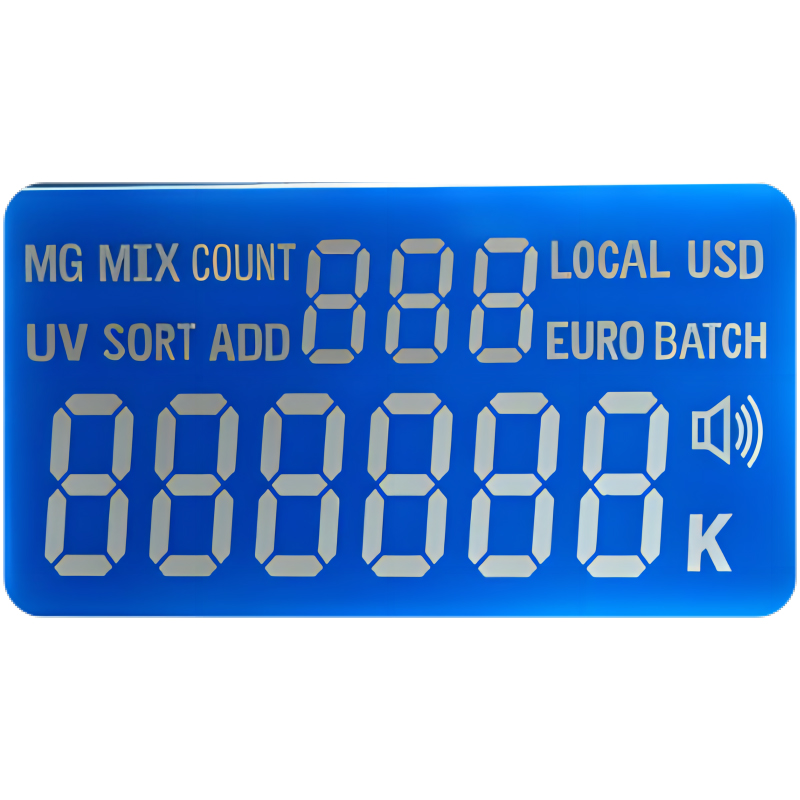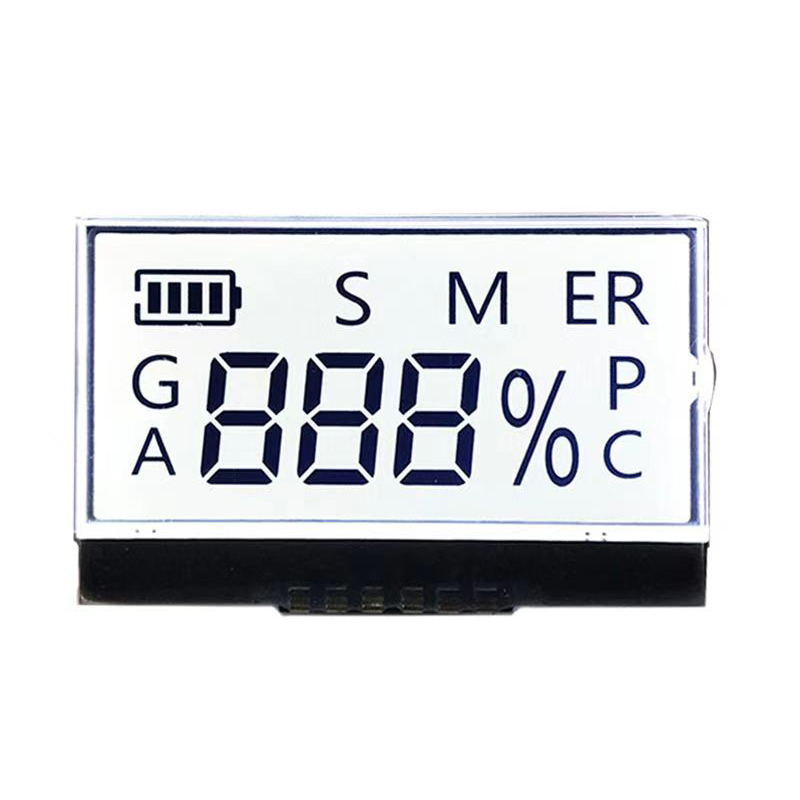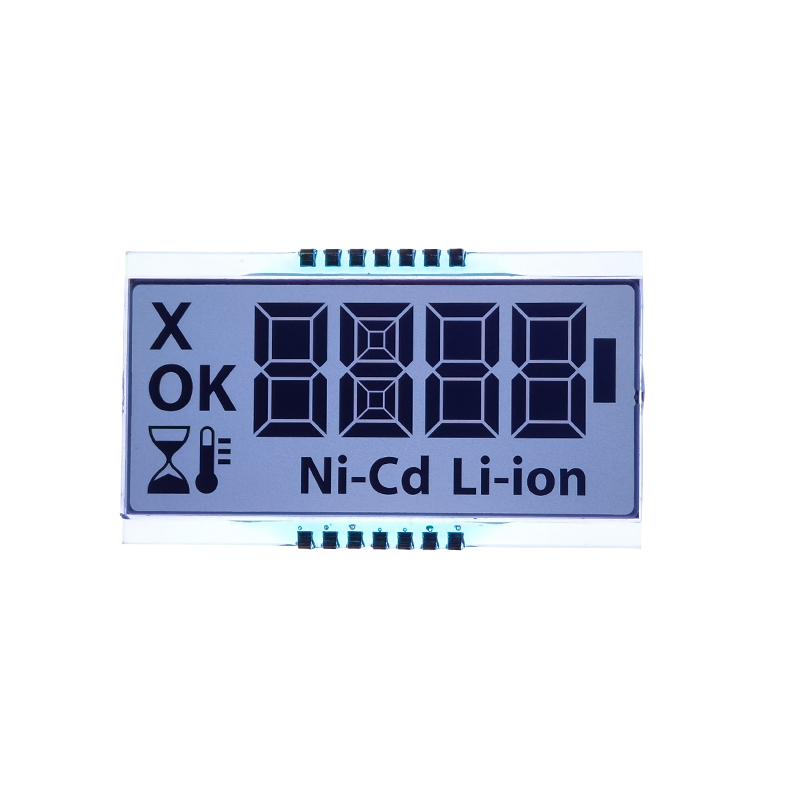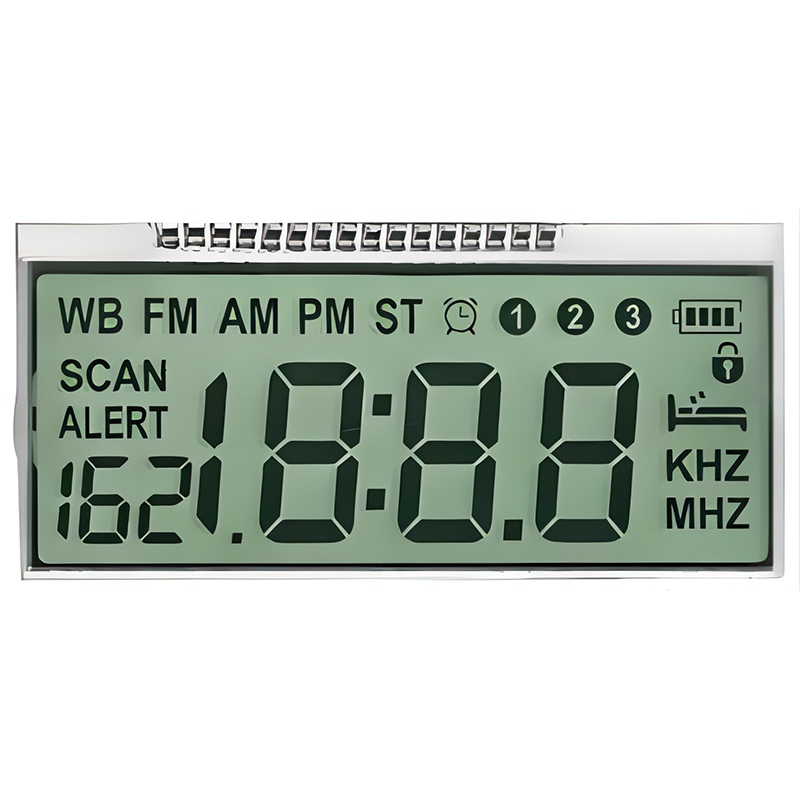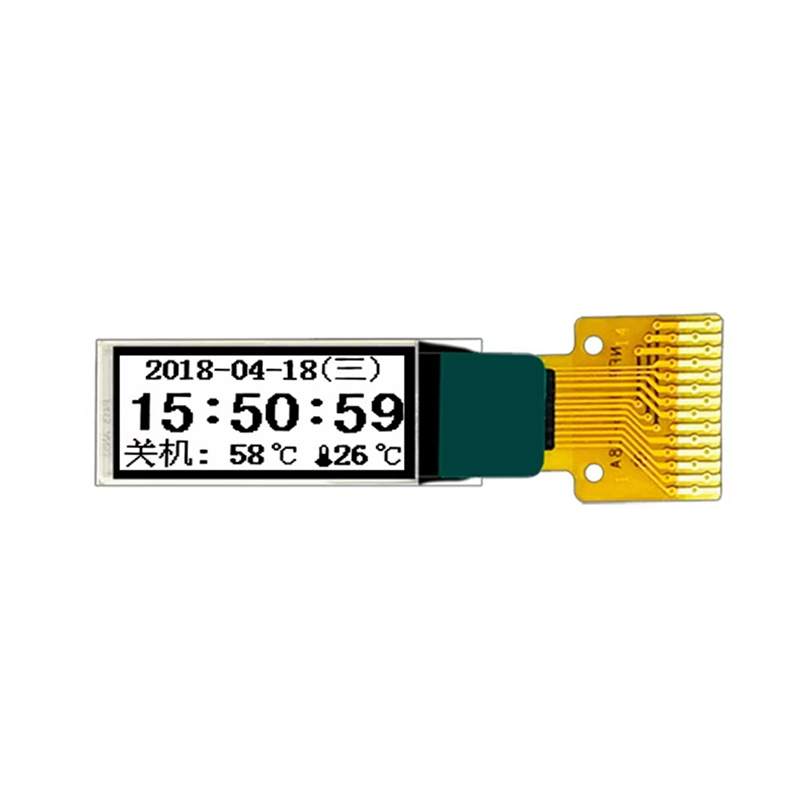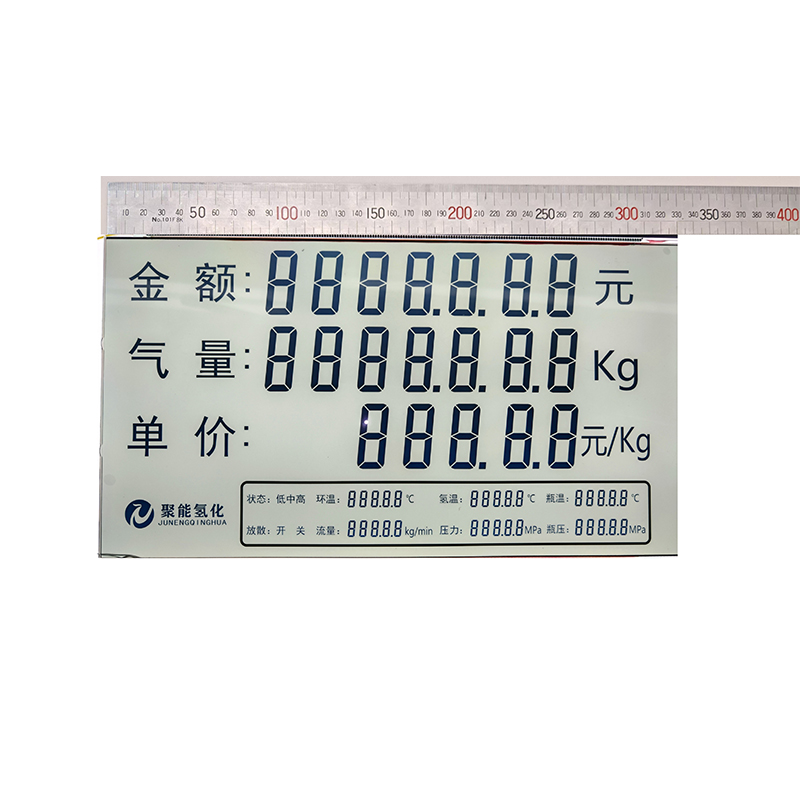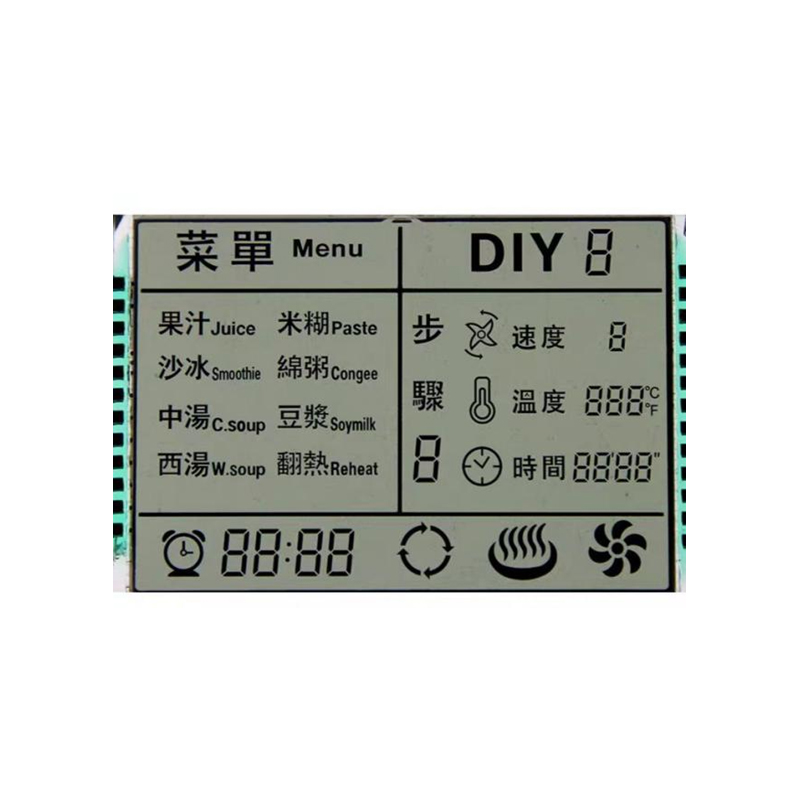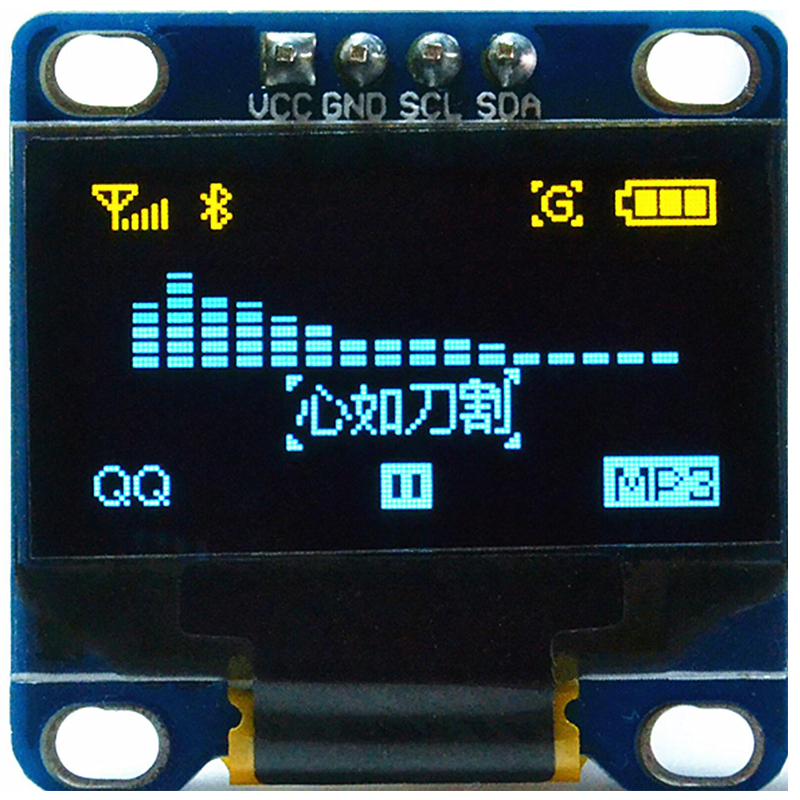
The smartphone market is constantly evolving, and display technology is a major driver of innovation. One of the most sought-after features is the 120Hz Super AMOLED display, offering a compelling blend of high refresh rate and vibrant colors. But what exactly makes this technology so appealing, and what are the trade-offs involved? This guide delves into the specifics of 120Hz Super AMOLED displays, helping you understand their advantages, disadvantages, and overall value.
The 120Hz in 120Hz Super AMOLED display refers to the refresh rate. This indicates how many times per second the screen updates its image. A higher refresh rate, like 120Hz, results in smoother scrolling, less motion blur in games and videos, and an overall more responsive user experience compared to standard 60Hz displays. This makes a noticeable difference in fast-paced activities.
The Super AMOLED part signifies the display technology used. AMOLED (Active-Matrix Organic Light-Emitting Diode) displays are known for their excellent color accuracy, deep blacks (because individual pixels can be turned off completely), and high contrast ratios. Super AMOLED often denotes a slight improvement in brightness and color saturation compared to standard AMOLED. This makes images pop and video look incredibly lifelike. Explore high-quality AMOLED displays from leading manufacturers like those found at Dalian Eastern Display Co., Ltd. for a variety of applications.
The combination of a 120Hz refresh rate and AMOLED technology delivers a superior visual experience. Here's a breakdown of the key benefits:
While 120Hz Super AMOLED displays offer numerous advantages, it's important to acknowledge their limitations:
| Feature | 120Hz Super AMOLED | 60Hz IPS LCD | 90Hz OLED |
|---|---|---|---|
| Refresh Rate | 120Hz | 60Hz | 90Hz |
| Color Accuracy | Excellent | Good | Excellent |
| Contrast Ratio | Infinite | Moderate | Infinite |
| Power Consumption | High | Low | Moderate |
A 120Hz Super AMOLED display offers a significant upgrade in visual experience, providing unmatched smoothness and vibrant colors. However, the higher power consumption and cost are important factors to consider. Ultimately, the decision of whether or not to choose a device with this type of display depends on your individual priorities and budget. Weigh the benefits against the drawbacks to make an informed choice.




